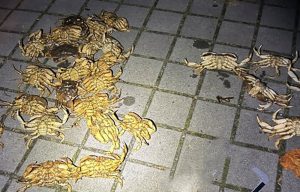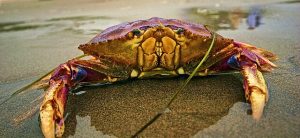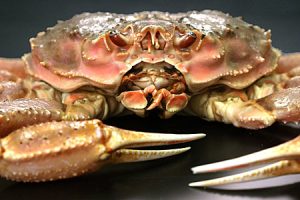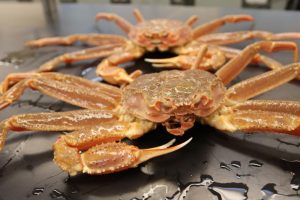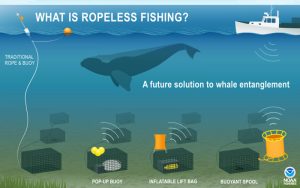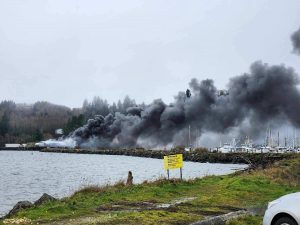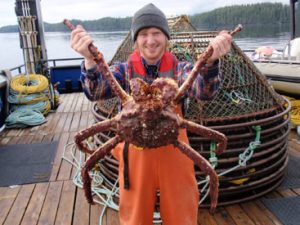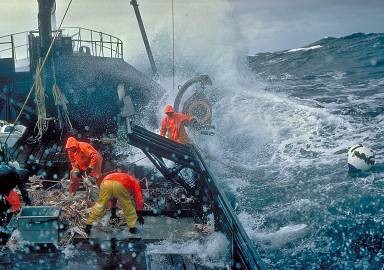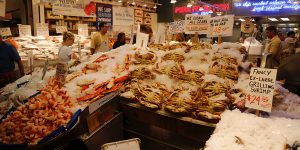Washington’s Dungeness Crab Season Opens South of Klipsan Beach
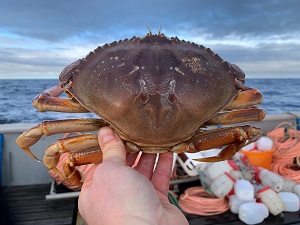 Washington’s commercial Dungeness crab season is set to begin January 15th, 2025 for coastal areas from Klipsan Beach on the Long Beach Peninsula south to Cape Falcon, Oregon, including the Columbia River and Willapa Bay. However, the opening date for the remainder of Washington’s Pacific Coast remains undecided.
Washington’s commercial Dungeness crab season is set to begin January 15th, 2025 for coastal areas from Klipsan Beach on the Long Beach Peninsula south to Cape Falcon, Oregon, including the Columbia River and Willapa Bay. However, the opening date for the remainder of Washington’s Pacific Coast remains undecided.
The Dungeness crab fishery represents the state’s most lucrative commercial fishery. The 2023-24 season brought in $66.8 million, second only to the record $88.2 million catch during the 2021-22 season.
The annual start of the season is determined collaboratively by fish and wildlife departments in Washington, Oregon, and California as part of a tri-state agreement to manage the West Coast Dungeness crab fishery. Opening dates depend on test fishing results, which assess the condition of the crab population. Detailed results can be found at psmfc.org/crab.
 Maritime Injury Law Blog
Maritime Injury Law Blog


